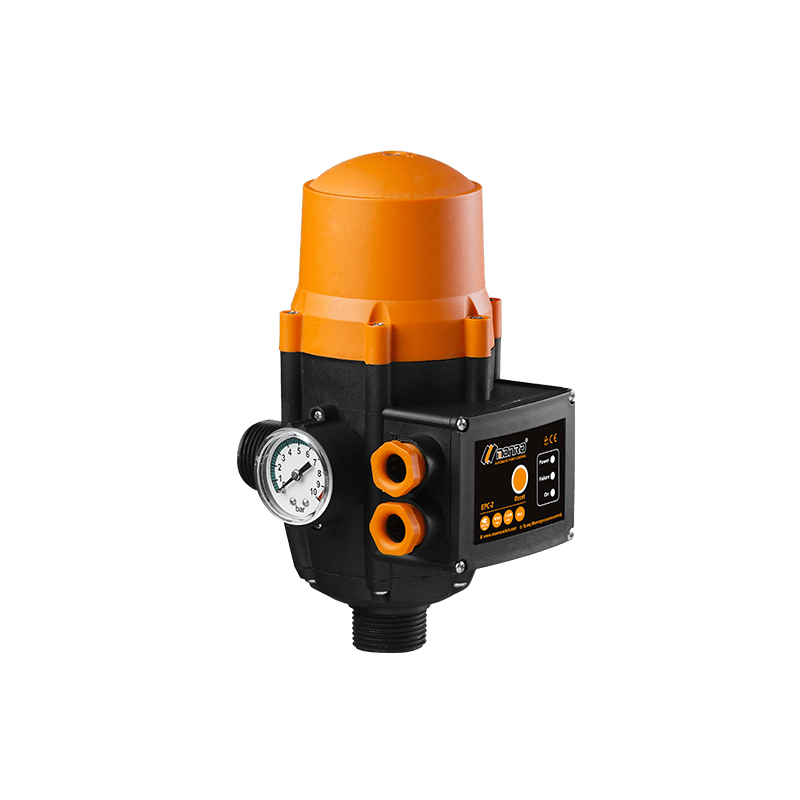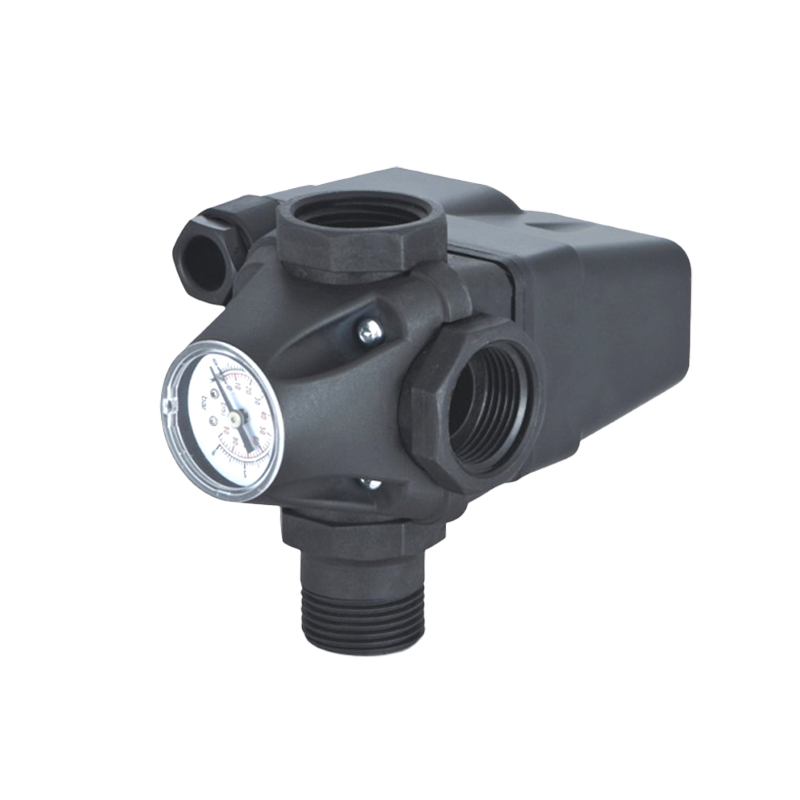Don't hesitate to send a message
Web Menu
Product Search
Exit Menu
Understanding the Functionality of Water Level Floats and Dual Level Float Switches
Water level floats and dual level float switches are essential components in various industrial, commercial, and residential applications where accurate liquid level monitoring is required. Understanding their operation is crucial for ensuring efficient fluid management and preventing overflow or dry running situations.
Water Level Floats:
Water level floats are simple yet effective devices used for monitoring liquid levels in tanks, reservoirs, and other containment vessels. They consist of a buoyant float attached to a lever arm or rod, which is connected to an electrical switch or valve. As the liquid level rises or falls, the float moves up or down accordingly, actuating the switch or valve to control the flow of liquid.
In manual operation mode, water level floats require human intervention to adjust the liquid level settings or to manually activate or deactivate the associated equipment. For example, in a manual pump control system, an operator may need to physically adjust the float position to start or stop the pump based on the desired liquid level.
In automatic operation mode, water level floats are equipped with sensors and control mechanisms that enable them to actuate automatically without human intervention. When the liquid level reaches a predetermined threshold, the float triggers the associated equipment to start or stop, maintaining the desired liquid level within the tank or reservoir. Automatic water level floats are commonly used in applications where continuous monitoring and control are required, such as in sump pumps, water storage tanks, and sewage systems.
Dual Level Float Switches:
Dual level float switches are advanced liquid level monitoring devices designed to provide dual-level control functionality in a single unit. They consist of two floats, each with its own set of contacts or sensors, arranged at different heights along a mounting rod or cable. The upper float is typically used to activate equipment when the liquid level rises to a high level, while the lower float is used to deactivate equipment when the liquid level drops to a low level.
Similar to water level floats, dual level float switches can operate in both manual and automatic modes. In manual mode, operators can adjust the position of the floats or set the switching points manually to control the equipment based on specific application requirements.
In automatic mode, dual level float switches utilize advanced sensing technology and control logic to automatically regulate liquid levels without human intervention. When the liquid level reaches the upper float, the switch activates the associated equipment, such as a pump or valve, to prevent overflow or flooding. Conversely, when the liquid level drops below the lower float, the switch deactivates the equipment to prevent dry running or pump damage.
Water level floats and dual level float switches are versatile devices used for liquid level monitoring and control in a wide range of applications. Whether manually adjusted by operators or automatically actuated by sensors and control logic, these devices play a crucial role in maintaining good fluid levels, preventing equipment damage, and ensuring operational safety. By understanding their functionality and operation modes, operators can select the appropriate float switch for their specific application requirements and achieve reliable and efficient liquid level control.
-
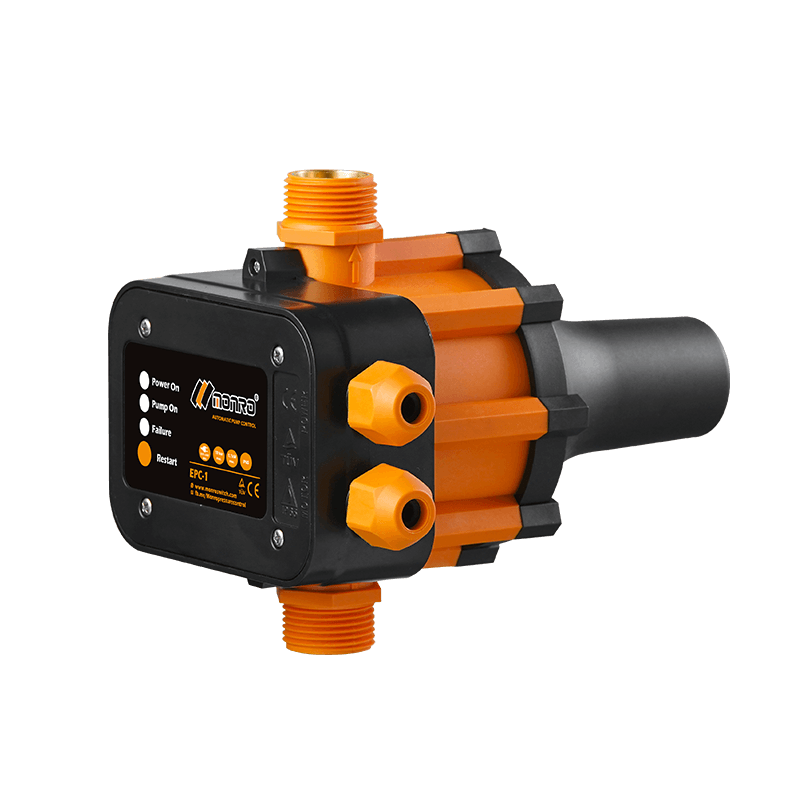 EPC-1
EPC-1Monro EPC-1 model pump controller is the classic and basic type, was loved by user in the global mar...
-
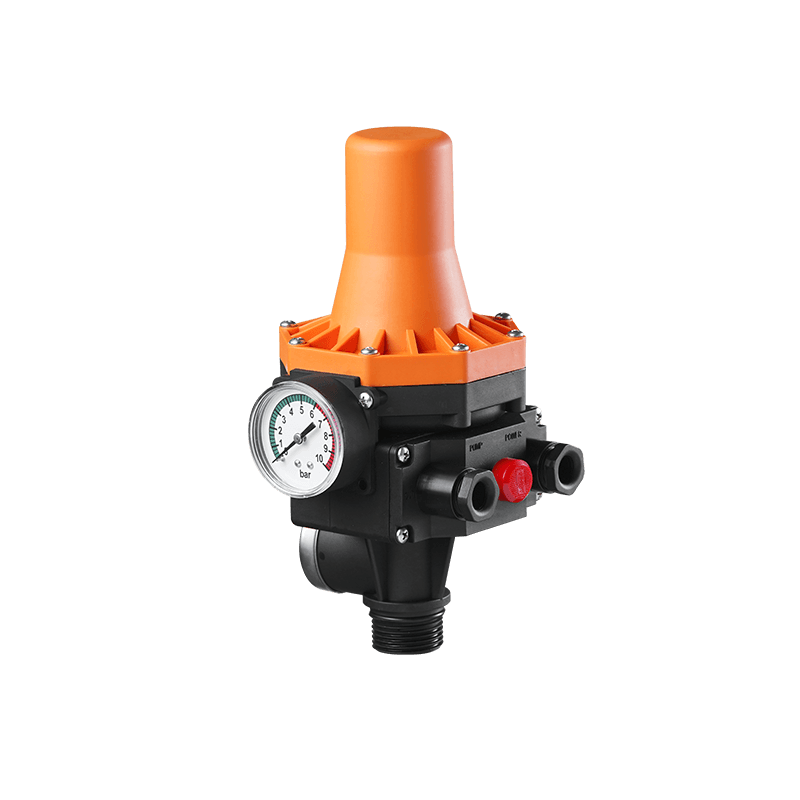 EPC-3
EPC-3Monro EPC-3 spain design auto on and off press control, an intelligent and economical system designe...
-
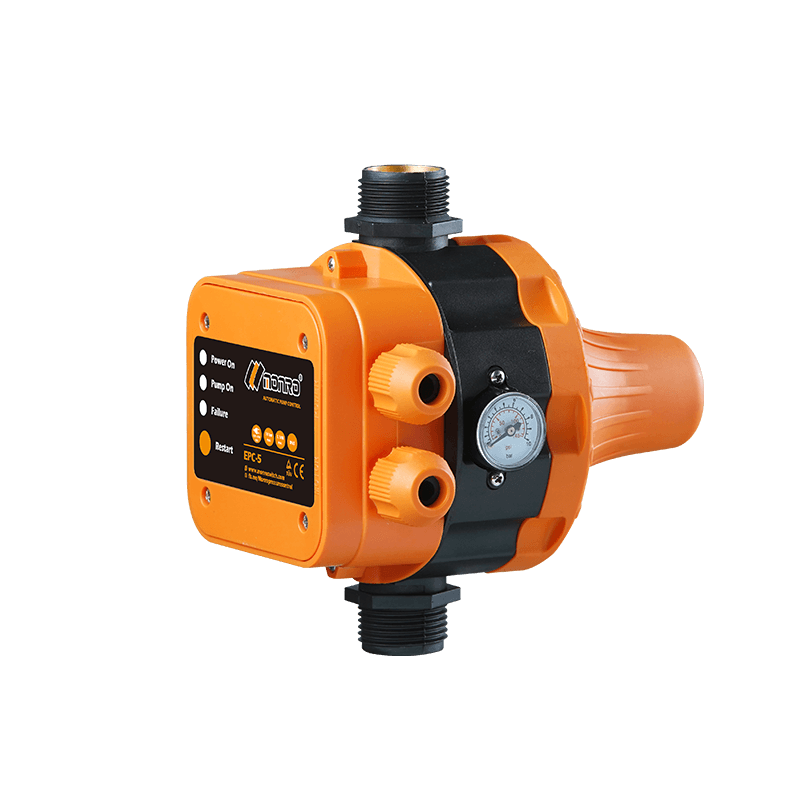 EPC-5
EPC-5Monro EPC-5 model automatic pump control, a device which assembled on the water pump (recommended si...
-
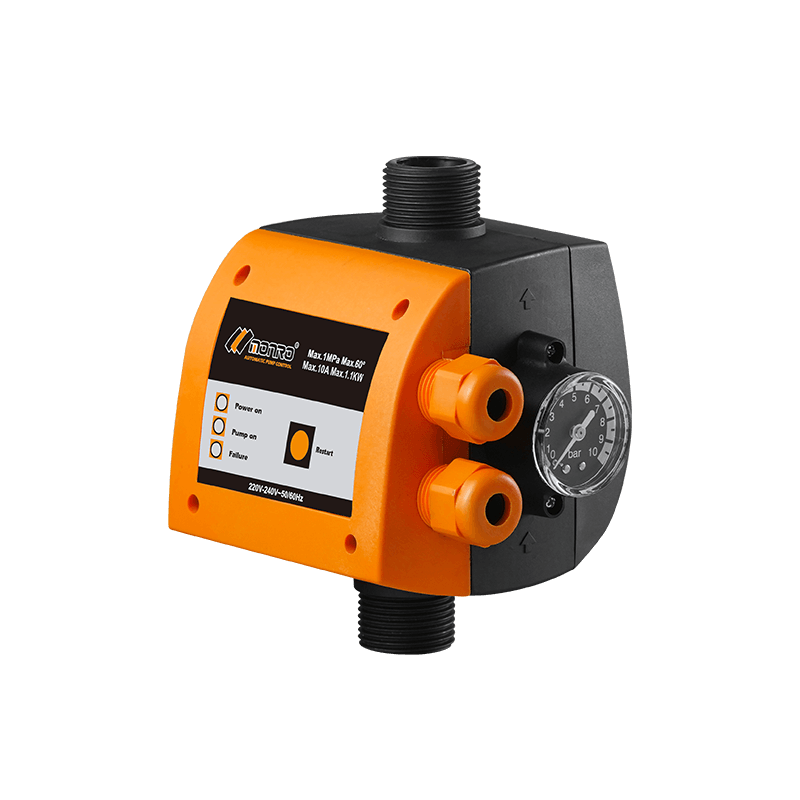 EPC-9
EPC-9Monro EPC-9 model pressure controller, is a big power device for automatic control and protection of...
-
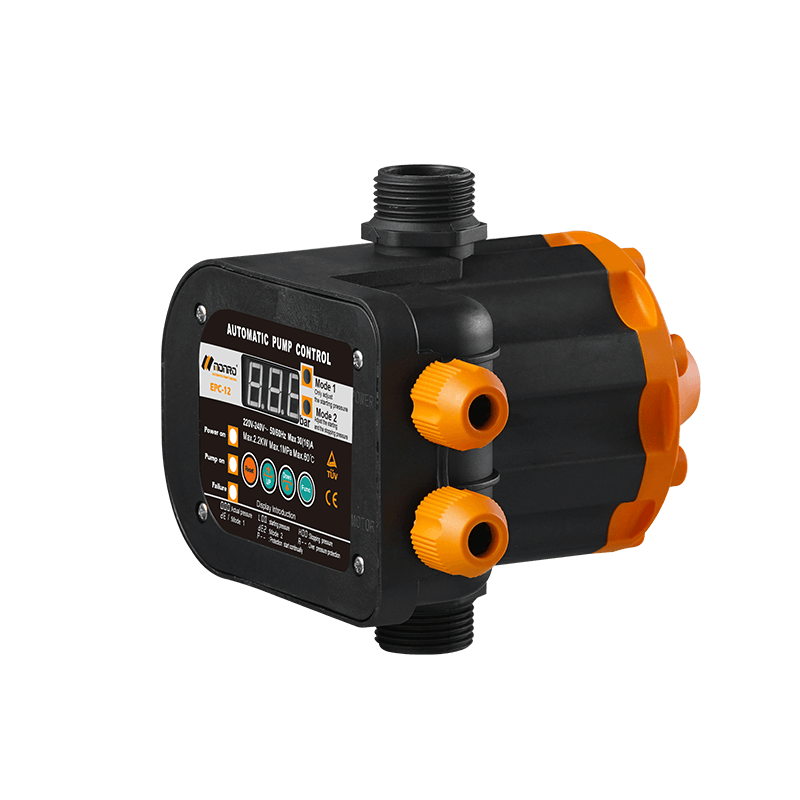 EPC-12
EPC-12Monro EPC-12 smart top-level automatic pump control is a multi-function model combined with traditio...
-
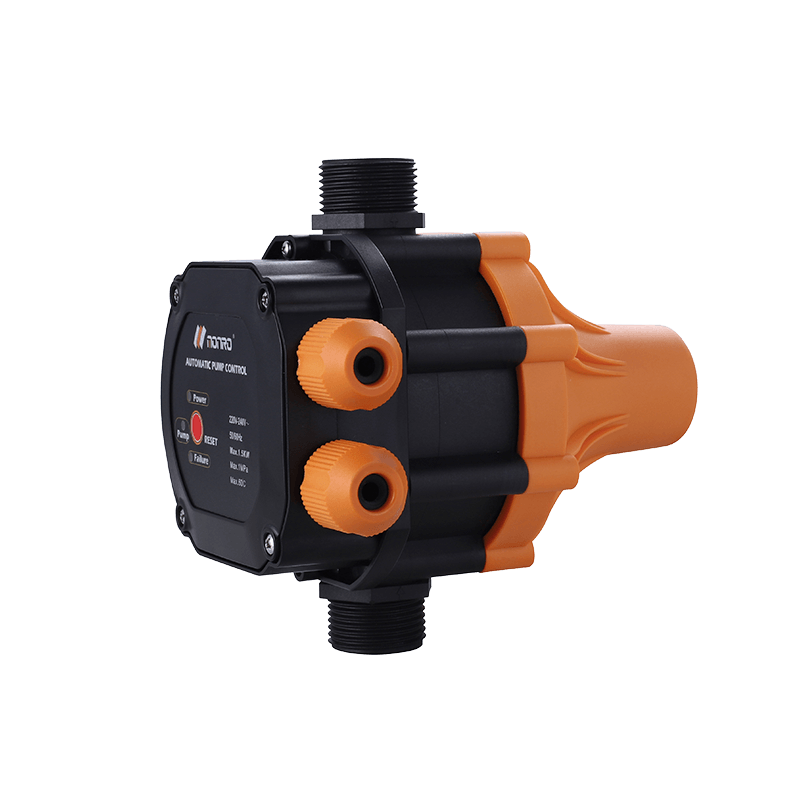 EPC-14
EPC-14Monro EPC-14 model pressure control is a big power device for automatic control and protection of el...
-
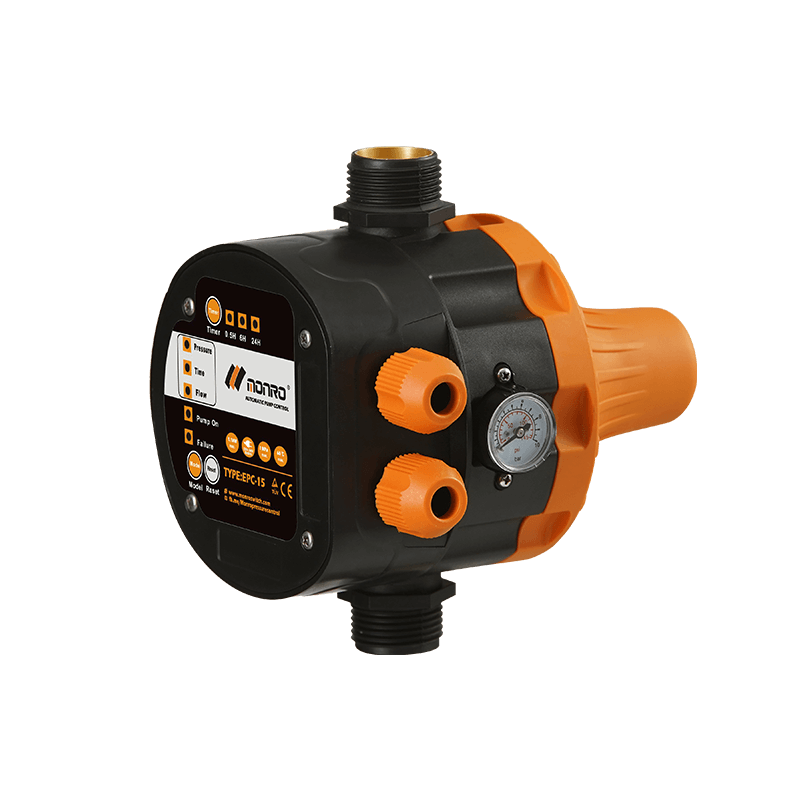 EPC-15
EPC-15Monro EPC-15 model automatic pump control, a device which assembled on the water pump (recommended s...
-
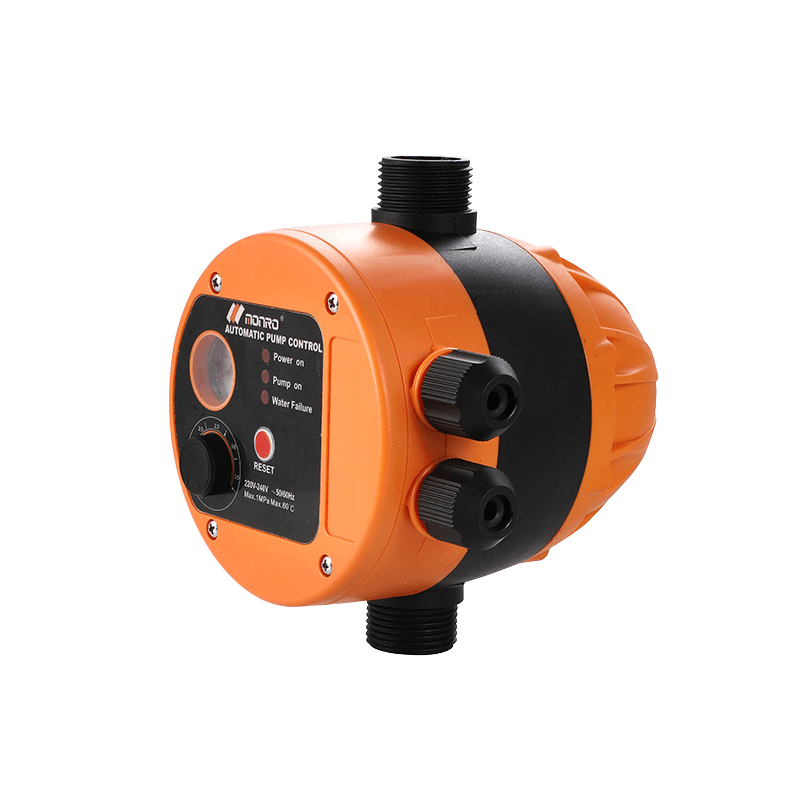 EPC-16
EPC-16EPC-16 is the new patent pump controller by Monro. Its key highlight is tooless (manual knob) start...
find our office
Committed to providing professional pressure control solutions for various types of water pumps and air compressors.

 简体中文
简体中文 English
English Español
Español